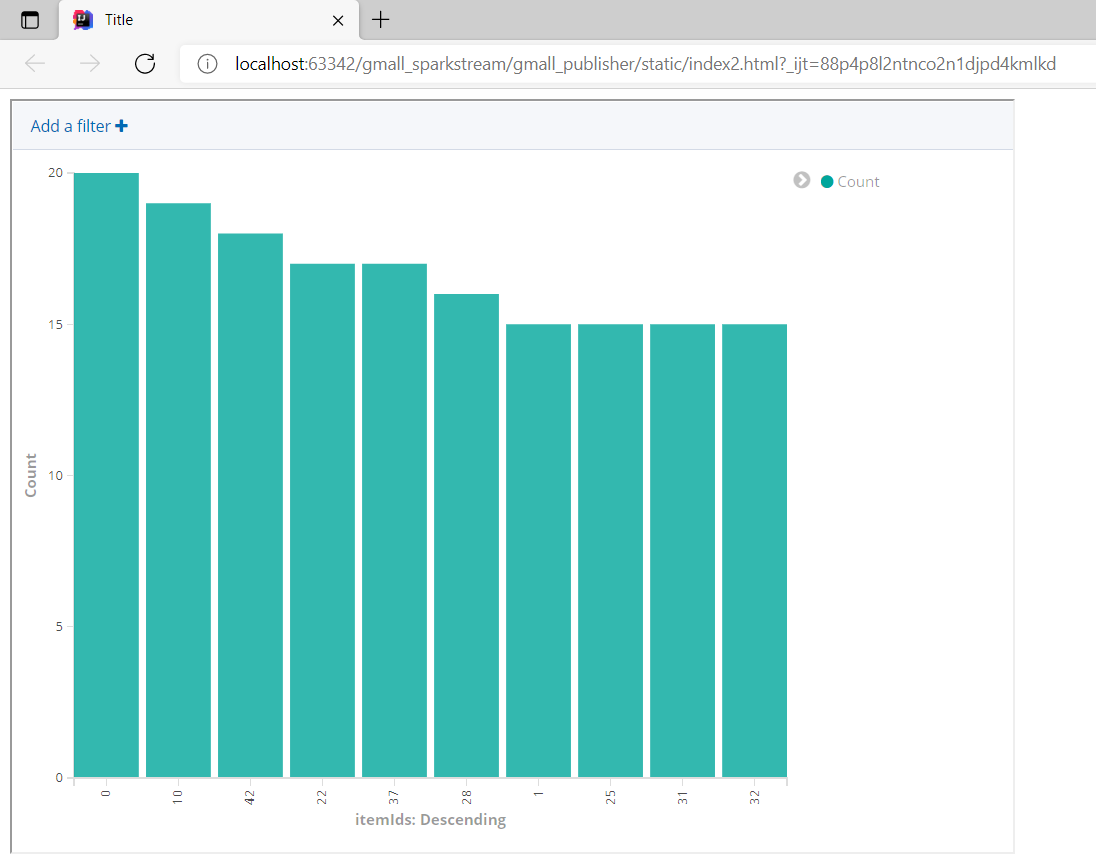第1章 需求分析
1.1 简介
实时预警,是一种经常出现在实时计算中的业务类型。根据日志数据中系统报错异常,或者用户行为异常的检测,产生对应预警日志。预警日志通过图形化界面的展示,可以提醒监控方,需要及时核查问题,并采取应对措施。
1.2 需求说明
需求:同一设备,5分钟内三次及以上用不同账号登录并领取优惠劵,并且过程中没有浏览商品。达到以上要求则产生一条预警日志。并且同一设备,每分钟只记录一次预警。
1.3 预警日志格式
|
mid |
设备id |
|
uids |
领取优惠券登录过的uid |
|
itemIds |
优惠券涉及的商品id |
|
events |
发生过的行为 |
|
ts |
发生预警的时间戳 |
第2章 整体流程设计
2.1 框架流程

2.2 开发思路
1)从kafka中消费数据,根据条件进行过滤筛选,生成预警日志;
2)预警日志保存到ElasticSearch中;
3)利用Kibana快速搭建可视化图形界面。
第3章 实时计算模块
3.1 筛选条件分析
1)同一设备(分组)
2)5分钟内(窗口)
3)三次不同账号登录(用户去重)
4)领取优惠券(行为)
5)没有浏览商品(行为)
6)同一设备每分钟只记录一次预警(ES去重)
3.2 数据处理流程图
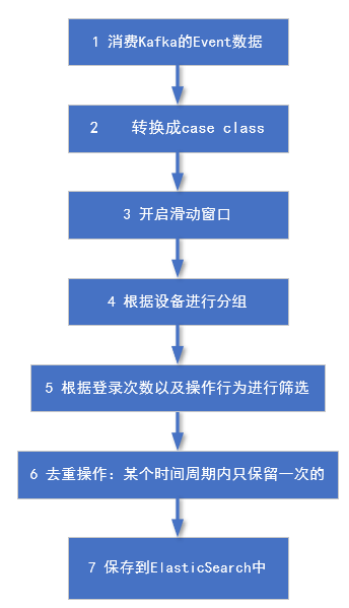
3.3 代码开发
3.3.1 打开gmall_realtime模块pom文件中的如下依赖(之前注释过)
<!-- 使用Java操作ES的客户端api --> <dependency> <groupId>io.searchbox</groupId> <artifactId>jest</artifactId> <version>5.3.3</version> </dependency> <dependency> <groupId>net.java.dev.jna</groupId> <artifactId>jna</artifactId> <version>4.5.2</version> </dependency> <dependency> <groupId>org.codehaus.janino</groupId> <artifactId>commons-compiler</artifactId> <version>2.7.8</version> </dependency>
3.3.2 事件日志样例类,在gmall_realtime模块中新建EventLog
package com.yuange.realtime.beans /** * @作者:袁哥 * @时间:2021/7/9 19:36 */ case class EventLog(mid:String, uid:String, appid:String, area:String, os:String, `type`:String, evid:String, pgid:String, npgid:String, itemid:String, var logDate:String, var logHour:String, var ts:Long)
3.3.3 预警日志样例类,在gmall_realtime模块中新建CouponAlertInfo
package com.yuange.realtime.beans /** * @作者:袁哥 * @时间:2021/7/9 19:38 */ case class CouponAlertInfo(mid:String, uids:java.util.HashSet[String], itemIds:java.util.HashSet[String], events:java.util.List[String], ts:Long)
3.3.4 在gmall_realtime模块中新建MyEsUtil
package com.yuange.realtime.utils import java.util.Objects import java.util import io.searchbox.client.config.HttpClientConfig import io.searchbox.client.{JestClient, JestClientFactory} import io.searchbox.core.{Bulk, BulkResult, Index} import collection.JavaConverters._ /** * @作者:袁哥 * @时间:2021/7/9 21:16 */ object MyEsUtil { private val ES_HOST = "http://hadoop102" private val ES_HTTP_PORT = 9200 private var factory: JestClientFactory = null /** * 获取客户端 * * @return jestclient */ def getClient: JestClient = { if (factory == null) build() factory.getObject } /** * 关闭客户端 */ def close(client: JestClient): Unit = { if (!Objects.isNull(client)) try client.shutdownClient() catch { case e: Exception => e.printStackTrace() } } /** * 建立连接 */ private def build(): Unit = { factory = new JestClientFactory factory.setHttpClientConfig(new HttpClientConfig.Builder(ES_HOST + ":" + ES_HTTP_PORT).multiThreaded(true) .maxTotalConnection(20) //连接总数 .connTimeout(10000).readTimeout(10000).build) } /* 批量插入数据到ES 需要先将写入的数据,封装为 docList: List[(String, Any)] (String, Any): K:id V: document */ def insertBulk(indexName: String, docList: List[(String, Any)]): Unit = { if (docList.size > 0) { val jest: JestClient = getClient val bulkBuilder = new Bulk.Builder().defaultIndex(indexName).defaultType("_doc") for ((id, doc) <- docList) { val indexBuilder = new Index.Builder(doc) if (id != null) { indexBuilder.id(id) } val index: Index = indexBuilder.build() bulkBuilder.addAction(index) } val bulk: Bulk = bulkBuilder.build() var items: util.List[BulkResult#BulkResultItem] = null try { items = jest.execute(bulk).getItems } catch { case ex: Exception => println(ex.toString) } finally { //自动关闭连接 close(jest) println("保存" + items.size() + "条数据") /* items: 是一个java的集合 <- 只能用来遍历scala的集合 将items,由Java的集合转换为scala的集合 java集合.asScala 由scala集合转java集合 scala集合.asJava */ for (item <- items.asScala) { if (item.error != null && item.error.nonEmpty) { println(item.error) println(item.errorReason) } } } } } }
3.3.5 预警业务类,在gmall_realtime模块中新建AlertApp
package com.yuange.realtime.app import java.time.{Instant, LocalDate, LocalDateTime, ZoneId} import java.time.format.DateTimeFormatter import java.util import com.alibaba.fastjson.JSON import com.yuange.constants.Constants import com.yuange.realtime.beans.{CouponAlertInfo, EventLog} import com.yuange.realtime.utils.{MyEsUtil, MyKafkaUtil} import org.apache.kafka.clients.consumer.ConsumerRecord import org.apache.spark.streaming.Minutes import org.apache.spark.streaming.dstream.{DStream, InputDStream} import scala.util.control.Breaks._ /** * @作者:袁哥 * @时间:2021/7/9 19:41 */ object AlertApp extends BaseApp { override var appName: String = "AlertApp" override var duration: Int = 10 def main(args: Array[String]): Unit = { run{ val ds: InputDStream[ConsumerRecord[String,String]] = MyKafkaUtil.getKafkaStream(Constants.GMALL_EVENT_LOG,streamingContext) //封装样例类 val ds1: DStream[EventLog] = ds.map(record => { val eventLog: EventLog = JSON.parseObject(record.value(), classOf[EventLog]) //根据ts 为logDate 和 logHour赋值 val formatter: DateTimeFormatter = DateTimeFormatter.ofPattern("yyyy-MM-dd") val localDateTime: LocalDateTime = LocalDateTime.ofInstant(Instant.ofEpochMilli(eventLog.ts), ZoneId.of("Asia/Shanghai")) eventLog.logDate = localDateTime.format(formatter) eventLog.logHour = localDateTime.getHour.toString eventLog }) //开窗:采集过去5分钟的数据 //然后统计每个设备,每个用户登录时的行为:将数据变为K-V结构,然后按Key分组 val ds2: DStream[((String,String),Iterable[(EventLog)])] = ds1.window(Minutes(5)).map(log => { ((log.mid, log.uid), log) }).groupByKey() //判断在5分钟内,用户所产生的行为是否需要预警,将需要预警的数据留下 //数据包括:设备id,用户id,5分钟内产生的日志 val ds3: DStream[(String,Iterable[EventLog])] = ds2.map { case ((mid, uid), logs) => { //是否要预警的标记,默认不需要预警 var ifneedAlert: Boolean = false breakable { logs.foreach(log => { //只要浏览了商品,就不预警 if ("clickItem".equals(log.evid)) { ifneedAlert = false break() } else if ("coupon".equals(log.evid)) { //领取了优惠券,符合预警条件 ifneedAlert = true } }) } if (ifneedAlert) { (mid, logs) } else { (null, null) } } } //过滤空值 val ds4: DStream[(String,Iterable[EventLog])] = ds3.filter(_._1 != null) //按照设备id聚合,并将每个设备中登录用户数小于3个的过滤掉,最后将value进行扁平化处理 val ds5: DStream[(String,Iterable[EventLog])] = ds4.groupByKey().filter(_._2.size >= 3).mapValues(_.flatten) //生成预警日志 val ds6: DStream[CouponAlertInfo] = ds5.map { case (mid, logs) => { var uids: util.HashSet[String] = new java.util.HashSet[String]() var itemIds: util.HashSet[String] = new java.util.HashSet[String]() var events: util.List[String] = new util.ArrayList[String]() logs.foreach(log => { uids.add(log.uid) events.add(log.evid) if ("coupon".equals(log.evid)) { itemIds.add(log.itemid) } }) //将数据进行封装 CouponAlertInfo(mid, uids, itemIds, events, System.currentTimeMillis()) } } //将DS中的数据,转换为docList: List[(String, Any)],再写入,确保mid唯一 val ds7: DStream[(String,CouponAlertInfo)] = ds6.map(info => { val formatter: DateTimeFormatter = DateTimeFormatter.ofPattern("yyyy-MM-dd HH:mm") val localDateTime: LocalDateTime = LocalDateTime.ofInstant(Instant.ofEpochMilli(info.ts), ZoneId.of("Asia/Shanghai")) (localDateTime.format(formatter) + "_" + info.mid, info) }) //写入ES ds7.foreachRDD(rdd => { //以分区为单位写入,节省创建连接的开销 rdd.foreachPartition(partition => { //将这个分区的数据,封装为 docList: List[(String, Any)] val list: List[(String,CouponAlertInfo)] = partition.toList MyEsUtil.insertBulk("gmall_coupon_alert"+LocalDate.now() , list) }) }) } } }
第4章 ElasticSearch 的保存
4.1 ES集群搭建
1)详情请查看官网:https://www.elastic.co/cn/
2)或者博客:https://www.cnblogs.com/LzMingYueShanPao/p/14984577.html
4.2 ES上建好索引
其实即使不提前建立索引,ES也是可以将数据保存进去的。这种情况,ES会根据第一条要插入的数据进行推断,但是ES的这种推断往往不够准确。
比如:要区分字段要不要进行索引,字段要不要进行分词,如果分词选用哪个分词器等等。
建立索引语句(包含Mapping)
PUT _template/gmall_coupon_alert_template { "index_patterns": ["gmall_coupon_alert*"], "settings": { "number_of_shards": 3 }, "aliases" : { "{index}-query": {}, "gmall_coupon_alert-query":{} }, "mappings": { "_doc":{ "properties":{ "mid":{ "type":"keyword" }, "uids":{ "type":"keyword" }, "itemIds":{ "type":"keyword" }, "events":{ "type":"keyword" }, "ts":{ "type":"date" } } } } }
4.3 测试
1)启动Zookeeper
zookeeper.sh start
2)启动Kafka
kafka.sh start
3)启动日志服务器
startgmall.sh start
4)启动Nginx
sudo /opt/module/nginx/sbin/nginx
5)启动ES集群
elasticsearch.sh start
6)启动JsonMocker中的mian方法,生产数据
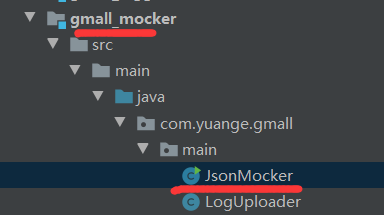
7)启动AlertApp消费数据
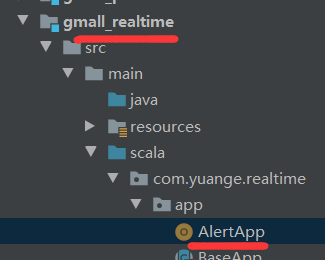
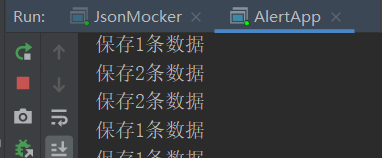
8)查看ES中的数据条数
GET /gmall_coupon_alert2021-07-09/_search

第5章 Kibana发布可视化界面
5.1 建立index pattern
建立数据源表达式

gmall_coupon_alert*


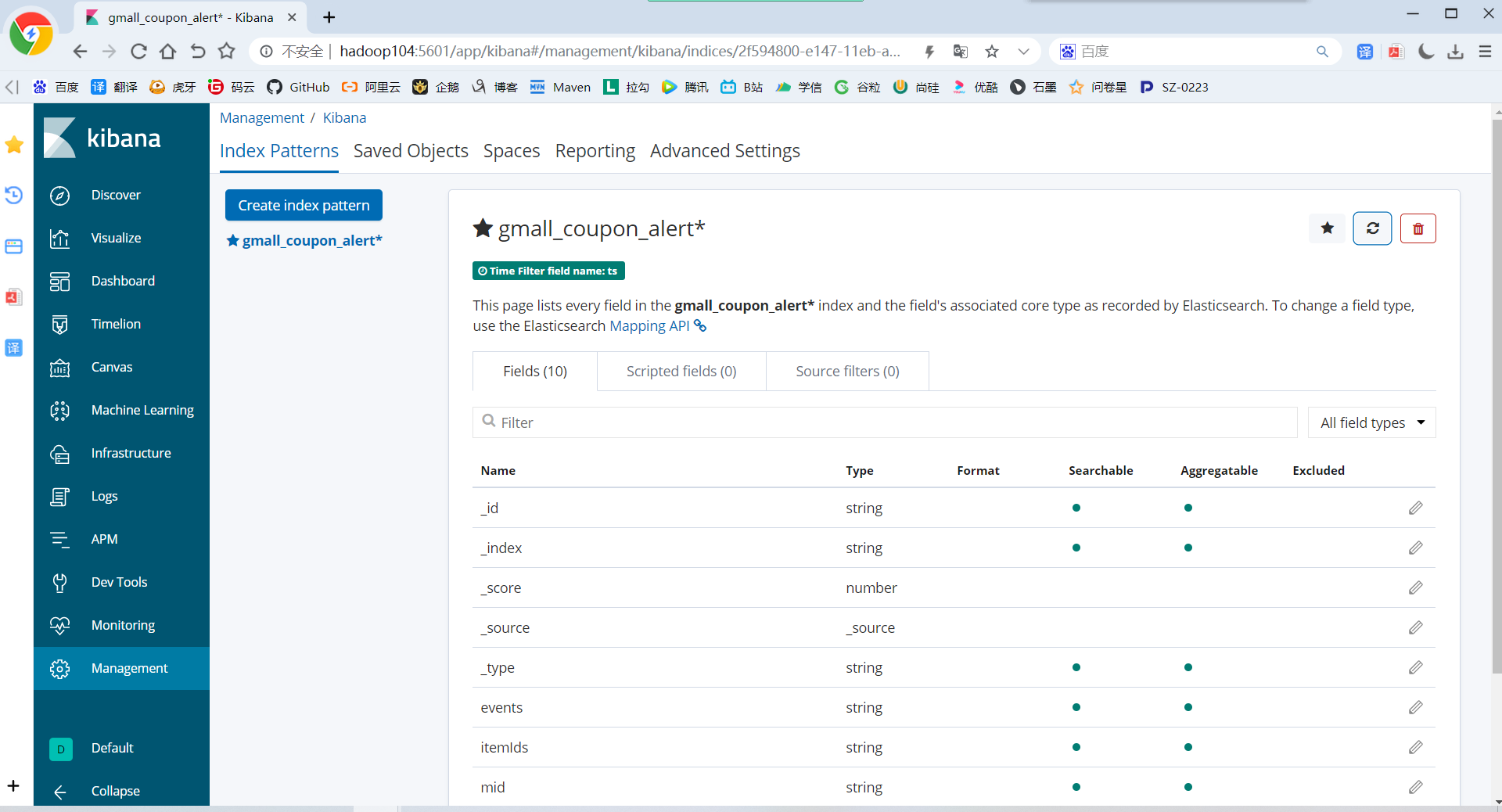
5.2 建立visualize
5.2.1 新增一个可视化图

5.2.2 选择一个图形类型
选择柱形图(Vertical Bar)


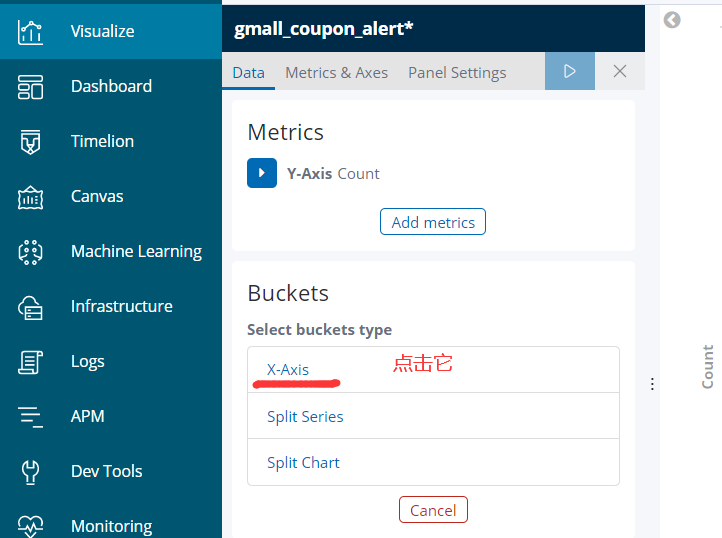




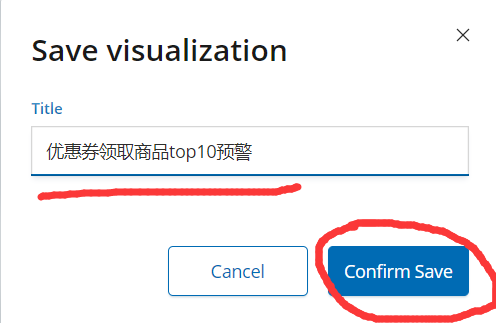

5.3 建立Dashboard
Dashboard是一个可以放很多个可视化图的大仪表盘,你可以把之前设计好的多个可视化图,放置在一个仪表盘中,一起显示。
5.3.1 新增一个Dashboard

5.3.2 加入多个可视化图


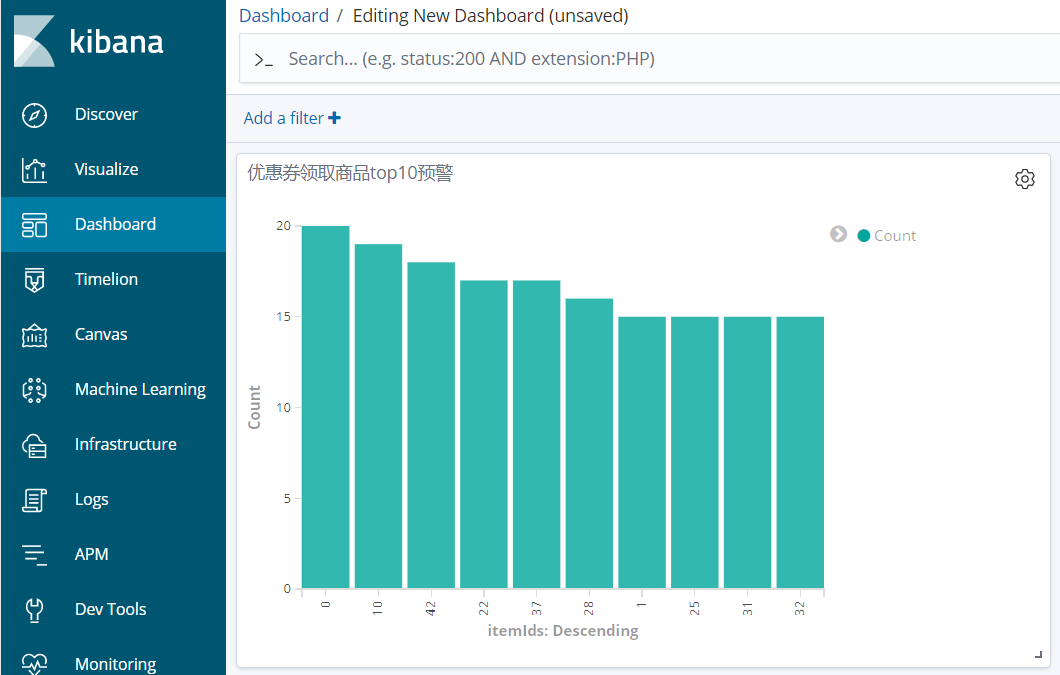
5.3.4 最后保存

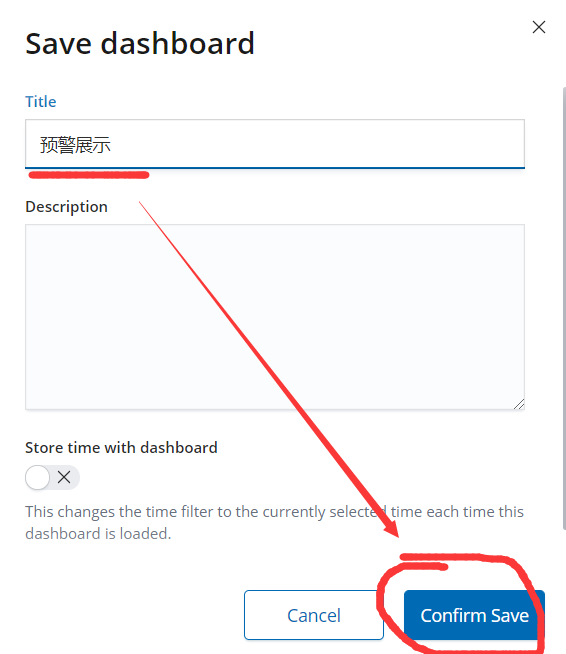
5.4 分享到网页中
点击最上方的share按钮
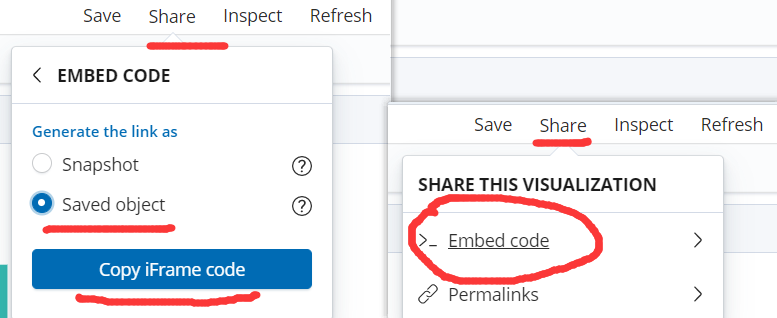
可以把剪切板中的iframe代码嵌入到网页代码中

这样就可以在一张网页中显示kibana中的仪表盘
